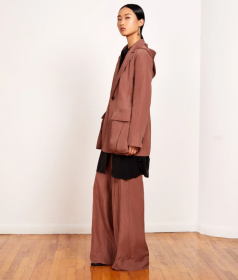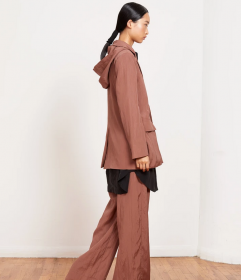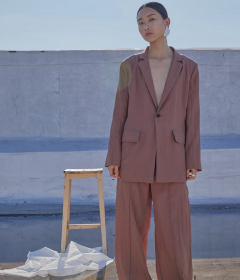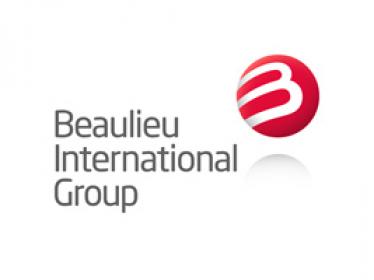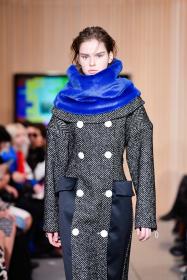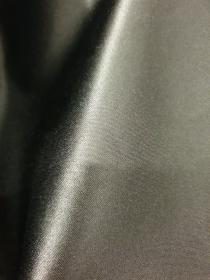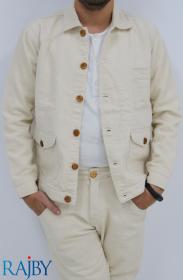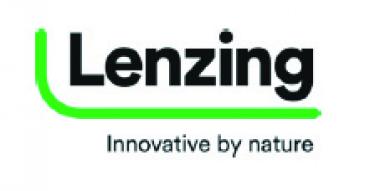Innovative Fabrics for Fashion and Athleisure
- Collaboration Between DuPont™ Sorona® and Sateri’s EcoCosy®
DuPont™ Sorona® and Sateri’s EcoCosy® have together developed a new fabric called StretchCosy™. The fabric uses a blend of Sorona®, a partially plant-based fibre, and Sateri’s ultra-comfortable and near weightless EcoCosy® fibres to achieve a soft material that is highly stretchable, shape-retaining and, most importantly, sustainably sourced.
StretchCosy™ combines the mechanical stretch of Sorona® stretch fibres, which gives it excellent stretch and long-lasting, consistent recovery, with the soft, cotton-like breathability and smooth silk-like texture of EcoCosy® for an unparalleled fabric that is high-performing and well-suited for fashion and sportswear.
Created in 2019, StretchCosy™ is a fabric breakthrough that made it possible for natural plant-based fibres to be more extensively used in various applications, e.g. t-shirts, shirting, bottoms, jackets, dresses, hoodies and underwear. Previously, cellulosic fibres were rarely found in sportswear, due to concerns such as pilling. The combination of Sorona® and EcoCosy® in StretchCosy™ has eliminated this concern, hinting at the future of activewear where performance combined with sustainability will be the norm.
Omnicom Public Relations Group



















